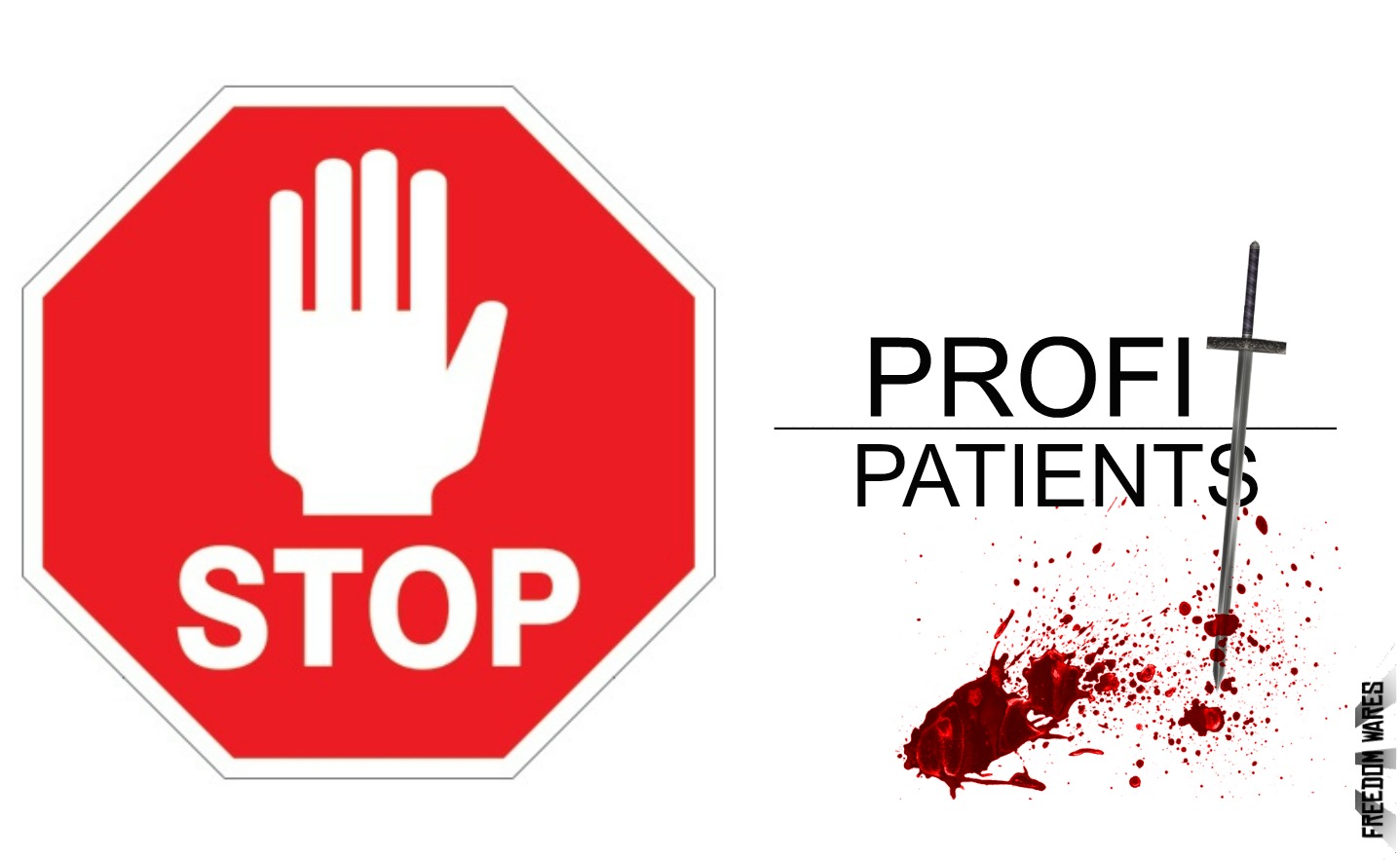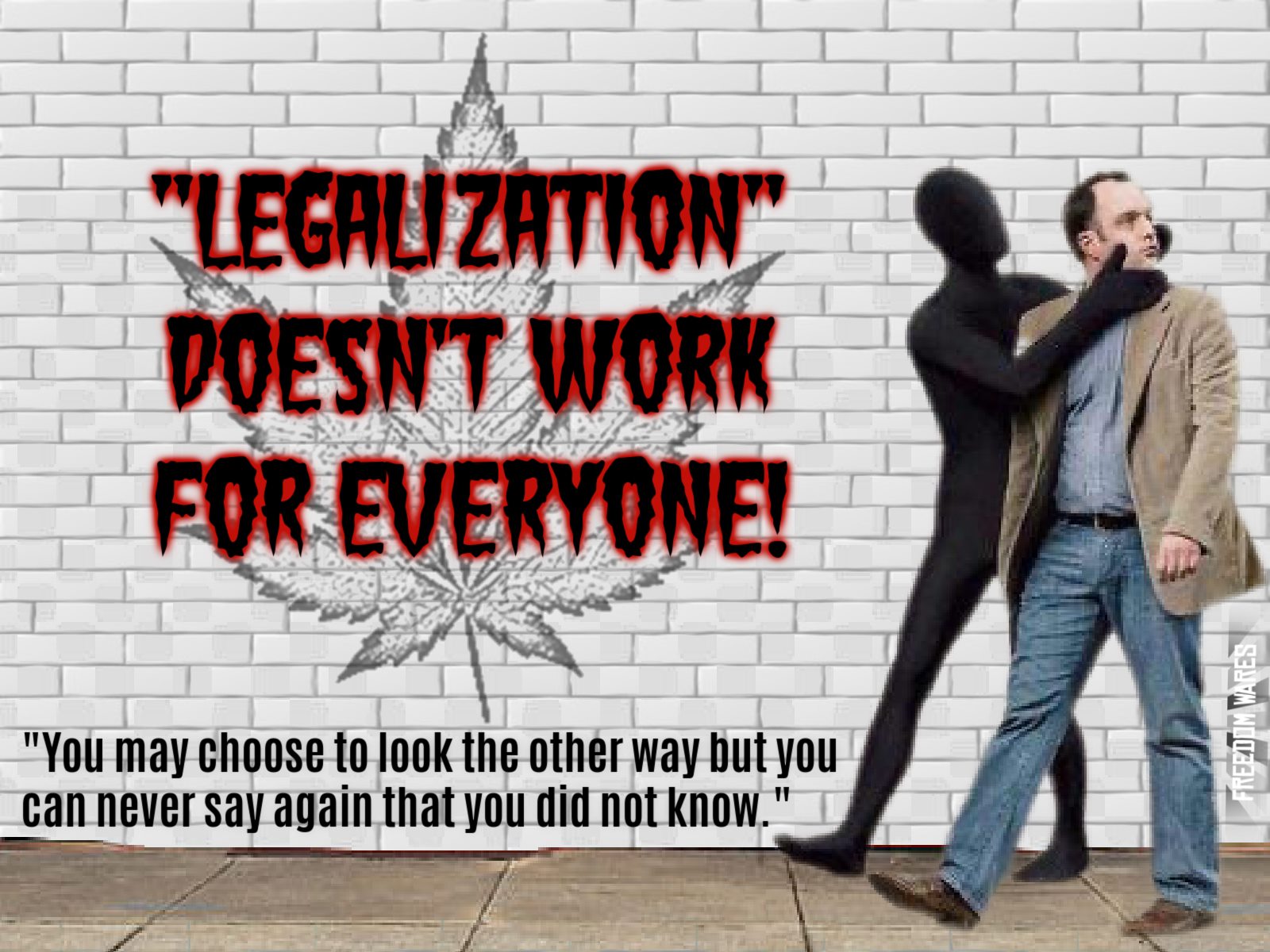 In Canada, more than 100 licensed Big-Cannabis companies and their subsidiaries have received tens of millions of dollars in payments from the Canada Emergency Wage Subsidy [CEWS] program.
In Canada, more than 100 licensed Big-Cannabis companies and their subsidiaries have received tens of millions of dollars in payments from the Canada Emergency Wage Subsidy [CEWS] program.
When looking closer, it sure starts to feel like the program’s policy intention was to actually subsidize a sector of business that was already in the throes of consolidation…
Recently, a Globe and Mail analysis of company filings and publicly available data from the CEWS registry showed “at least 20 publicly traded cannabis companies cumulatively collected more than $40-million in CEWS payments, while dozens of others received the subsidy but chose not to disclose the amount in their financial filings.”
Meanwhile, 2020 in the government approved cannabis racket; was a year of overspending, unchecked growth, bankruptcies, mergers and acquisitions, further exposing government approved dark work among LPs along with many troubles, disappointments and overall griefs & hardships for patients, caregivers and even recreational users.
Canadian employers were first informed on March 27, 2020 that shops experiencing a drop in revenue during the COVID-19 pandemic may be eligible for a subsidy to cover part of employee wages, retroactive to March 15, 2020. This subsidy was designed to enable employers to re-hire laid-off employees, help prevent further job losses, and ease businesses back into normal operations…
The first redo of the program was aimed at businesses that experienced a crash in revenue of at least 30 per cent for the months of April & May, 2020, [either compared with revenue of that same month in 2019, or with an average of their revenue earned in January and February of 2020]. This subsidy protected up to 75% of employees’ salaries to a maximum of $847 each per week. Twas after an abundance of feedback in the industry that the government expanded it’s eligibility criteria of the program so that in July shops with any amount of revenue decline whatsoever could qualify…
The Globe and Mail spoke with various analysts and said most cannabis companies that received the wage subsidy were in fact not negatively affected by the pandemic. Further revealed was there were some cannabis companies that even began seeing a pandemic-related spike in sales especially in the latter half of 2020.
Many ‘Big Cannabis’ shops began experiencing crashing revenues before the whole COVID pandemic. ‘Big Cannabis’ was already rife with layoffs, inventory issues, bad management, overall bad ethics and morals in late 2019 and early 2020, which was way before the implementation of government-mandated lockdowns that could have worsened existing problems that cursed the industry.
“I think this is a perfect example of how the CEWS program is simply not well-targeted on its objectives,” said Michael Smart, a public-finance expert and professor of economics at the University of Toronto. “The program’s objective is to prevent layoffs in companies that have experienced hardship due to the pandemic.”
-Green Relief filed for bankruptcy protection April, 2020. Green Relief founders were accused of stealing millions from their own company in late 2019, yet received the wage subsidy. They wouldn’t disclose when CEWS was received.
-Manitoba-based Big Cannabis Company Bonify had their licence suspended for sourcing ‘illicit pot’ and selling it through ‘legal’ channels also received some amount of the subsidy.
Sure is obvious to me that The Cannabis Act was designed to favour and give privilege to big cannabis companies while maintaining much of the same prohibitionist relations with Law Enforcement prior to ‘legalization’…
Somewhere around 20 publicly traded big-cannabis companies including Organigram Holdings Inc., Zenabis Global Inc., Auxly Cannabis Group and WeedMD Inc., have cumulatively received almost $40-million in CEWS, company filings reveal. The federal CEWS database does not share the amounts companies received, but only some companies have disclosed the amounts in their financial filings…
All the while, a portion of Canada’s most dominant Big-Cannabis companies including Aphria Inc., Aurora Cannabis Inc., Canopy Growth Corp., received CEWS and chose not to disclose monies received in their quarterly financials. Canopy Growth collected the subsidy for itself, as well as for three of its subsidiaries, Tweed Inc., Les Serres Vert Cannabis and Agripharm, the CEWS registry shows.
Presently, Canopy Growth and it’s select subsidiaries have, through December 2021, submitted claims for periods March through June, this was confirmed by company spokeswoman Jennifer in an e-mail, while declining to state exactly how much in CEWS the company accrued.
Canopy’s income grew substantially over the course of the pandemic.
From April to the end of September last year, Canopy’s quarterly revenue inflated from $108-million to $135-million. What? ..which the company attributed in part to increased recreational pot sales.
Aphria too, had an amazingly creative & plentiful growth in revenue during 2020, with a quarterly revenue for the period ending Nov. 30, 2020 of $160-million, compared with $120-million a year prior… The Leamington, Ont.-based company disclosed that it collected CEWS, but the amount was unclear because it was accounted for under “other non-operating items” in filings. Aphria did not respond to The Globe’s request for comment on how much it received in CEWS…
Companies are making claims in proportion to their payroll expenses in the previous month and then spending it on whatever they want and they could lay off employees after if they so chose and there is no way to ever see what they actually spent CEWS monies on.
Company filings show that Moncton-based big-cannabis shop Organigram received $9.71-million in CEWS to date. In New Brunswick-based another big-cannabis shop, Zenabis received almost $6-million in subsidies. This after laying off approximately a quarter of its work force in the beginning of March, 2020…
Assistant professor of accounting at McGill University’s Desautels Faculty of Management, Preetika Joshi believes that the program is far too broad, with too many instances of companies that have had no actual impact from the pandemic qualifying for the subsidy.
“The final cheque should come after companies file their tax returns so the government can see how much money they made throughout the year,”
“You see companies claiming credit from March to June, but then having a bonanza second half of a year and they are not obligated to pay that money back. Why can’t the government institute a clawback measure in the program?” – Prof. Joshi
“Why aren’t we tightening the rules now when we know that there are massive holes in the program? My fear is once these programs get set up, and companies get used to it, it becomes very difficult for governments to roll them back.” – Prof. Smart
GovernMENTAL Illness
GovernMENTAL Irradiation
An 2012 Angus Reid poll showed that 57% of Canadians had no clue about food irradiation, though it is common practice. However, once poll participants were told that irradiation is “a method of preserving food by using a type of radiation energy,” 46% said they were unlikely to buy irradiated foods. How do you feel about government approved, irradiated cannabis? Would you smoke, inhale, use in your canna-suppositories or eat irradiated cannabis? Would you pay money or damage to your health for that? Aside from what irradiation does to the plant, what about what it does to the human body when irradiated cannabis is smoked??
Irradiating cannabis is allowed under Health Canada regulations. The majority of Big-Cannabis Licensed Producers irradiate their cannabis. Currently, it’s not even required for irradiated cannabis to be labeled. Irradiation can damage terpenes. “In fresh Cilantro leaves, gamma irradiation was shown to reduce the content of terpenes such as myrcene and linalool (Fan and Sokorai, 2002). Likewise, irradiation may perhaps have an effect on cannabis terpenes, which seem to play an important role in the synergistic effect and bioavailability of cannabinoids (Russo, 2011).”
GovernMENTALly approved Sprays and pesticides too…

Why would anyone want to put any of this crap on such a beneficial and healing nontoxic plant? Profit, monopoly, greed and power come to mind. I know it is possible to grow supreme medicine without pesticides and sprays. Profit driven Licensed Producers, their affiliates and Health Canada are not looking out for your best interests, the interests come first.
🙁 Who’s gonna TRULY blow the whistle here? …or you gonna join em in support and start or continue wearing Tweed T-shirts, Tilray T-shirts, Bedrocan gear and the like?
..and then there was Mettrum. Remember them? Mettrum Licenced Producer was caught hiding banned substance myclobutanil inside the ceiling tiles of the company’s offices. This lead to a recall but Health Canada did not provide disclosure to the public because the department said it determined that “exposure to the affected cannabis products would not likely cause any adverse health consequences,” so no wider warning was necessary. Mettrum was acquired and rebranded by Canopy Growth as Spectrum Cannabis…
Mettrum Medical Marijuana Class Action Lawsuit | Wagners
Still trust governMENTALLY approved licensed producers?
Lets face it, most everyone around the world prefers their own grown or a trusted quality craft cannabis grower source versus the nonsense that has been implemented and approved with ‘legalization’…

When access is not fair and equitable… When any patient, caregiver or loved one continues to suffer… When prohibitions are still in place… When pioneering dispensaries are forced to shut down under “Legalization”… When Human Beings can still lock other Human Beings up in jail for a plant… ..all too, while LPs are permitted to use harmful but approved pesticides, sprays and also irradiate nontoxic cannabis for profit…


